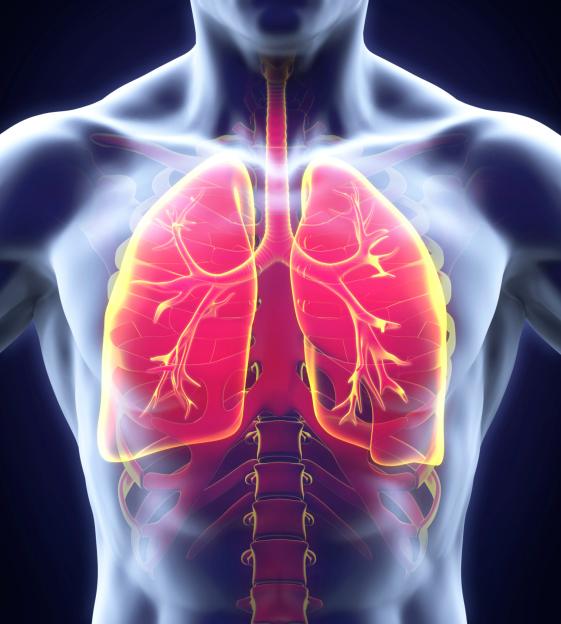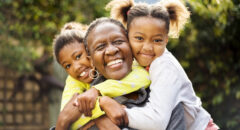 Cancer of the lung and bronchus (hereafter, lung cancer)
Cancer of the lung and bronchus (hereafter, lung cancer)
is the second most common cancer among both men and women and is the leading
cause of cancer death in both sexes. Among men, age-adjusted lung cancer
incidence rates (per 100,000) range from a low of about 14 among American
Indians to a high of 117 among blacks, an eight-fold difference. Between these
two extremes, rates fall into two groups ranging from 42 to 53 for Hispanics,
Japanese, Chinese, Filipinos, and Koreans and from 71 to 89 for Vietnamese,
whites, Alaska Natives and Hawaiians. The range among women is much narrower,
from a rate of about 15 among Japanese to nearly 51 among Alaska Natives, only a
three-fold difference. Rates for the remaining female populations fall roughly
into two groups with low rates of 16 to 25 for Korean, Filipino, Hispanic and
Chinese women, and rates of 31 to 44 among Vietnamese, white, Hawaiian and black
women. The rates among men are about two to three times greater than the rates
among women in each of the racial/ethnic groups.
In the 30-54 year age group, incidence rates among men are double those among
women in most of the racial/ethnic groups. In white non-Hispanics and white
Hispanics, however incidence rates for women are closer to those for men. This
suggests that smoking cessation and prevention programs may have been especially
successful among white men and/or that such programs have not been as effective
among white women.
Age-adjusted mortality rates follow similar racial/ethnic patterns to those
for the incidence rates. Among men, the incidence and mortality rates are very
similar. Filipino men are an exception, with an incidence rate nearly twice as
large as their mortality rate. Incidence rates are also similar to mortality
rates among women, with the exception of Filipinos and Hispanics. In these two
groups, incidence rates are nearly twice as large as mortality rates. Among
Hawaiian women, the mortality rate actually exceeds the incidence rate. This may
be due to differences in the accuracy of race classification on medical records
versus death certificates.
Racial/ethnic patterns are generally consistent within each age group for
both incidence and mortality. An exception is the high incidence and mortality
rate in Chinese women aged 70 years and older. This group tends to have low
incidence and mortality rates in the younger age groups.
Cigarette smoking accounts for nearly 90% of all lung cancers. Passive
smoking also contributes to the development of lung cancer among nonsmokers.
Certain occupational exposures such as asbestos exposure are also known to cause
lung cancer. Air pollution is a probable cause, but makes a relatively small
contribution to incidence and mortality rates. In certain geographic areas of
the United States, indoor exposure to radon may also make a small contribution
to the total incidence of lung cancer.
Source: Miller BA, Kolonel LN, Bernstein L, Young, Jr. JL, Swanson GM, West
D, Key CR, Liff JM, Glover CS, Alexander GA, et al. (eds). Racial/Ethnic
Patterns of Cancer in the United States 1988-1992, National Cancer Institute.
NIH Pub. No. 96-4104. Bethesda, MD, 1996.
Graphs showing incidence and mortality for specific racial and ethnic groups
including information that may not be discussed in the text above, is available
at the NCI’s Surveillance, Epidemiology, and End Results (SEER) Web site at: http://seer.cancer.gov/.







